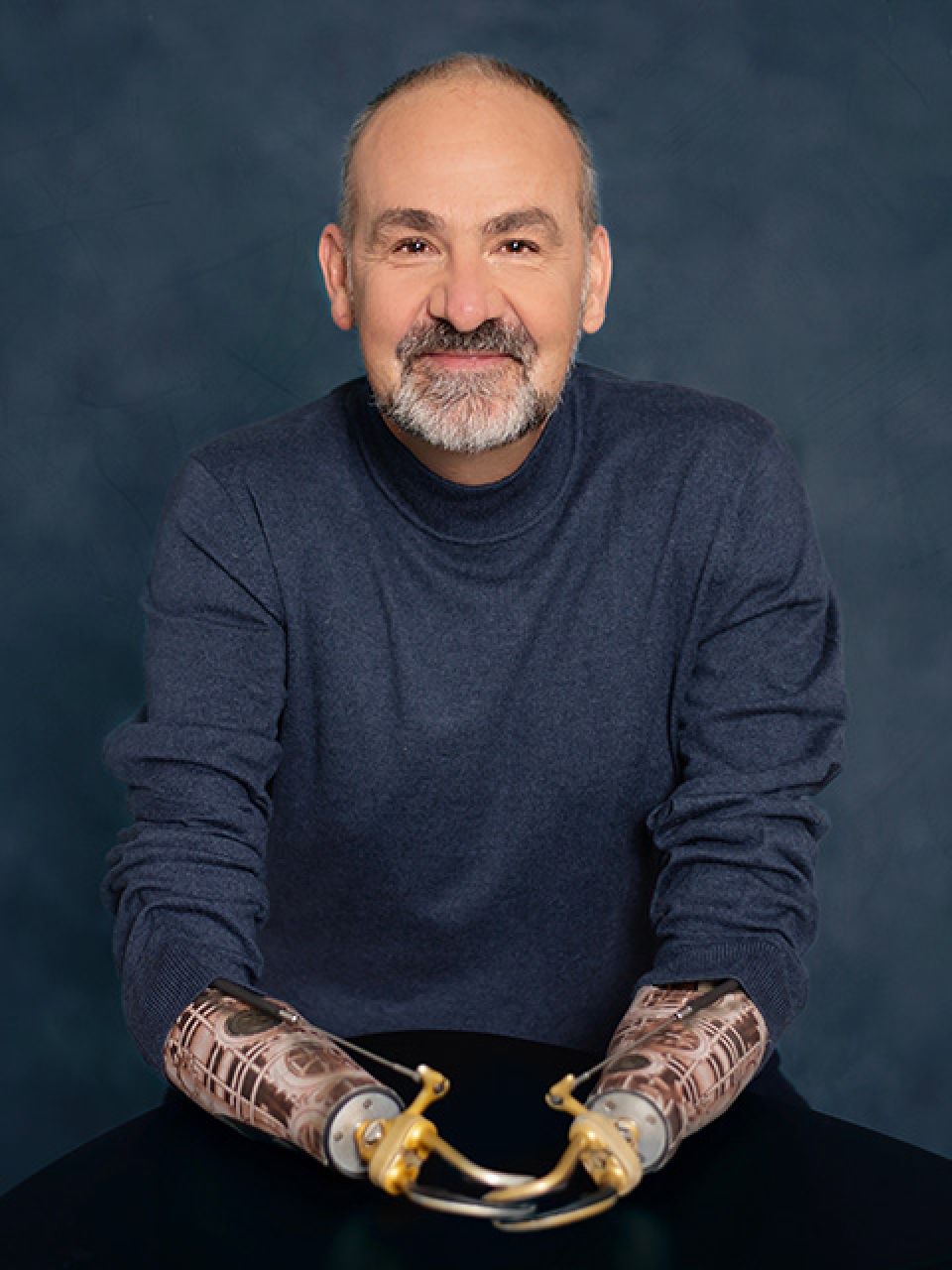Life & Limb - A monthly podcast about Living Well with Limb Loss
Current Episode: Appetite for Accessible Adventure - Tanya Rabe
Despite facing her share of travel challenges as an above-knee amputee and someone living with rheumatoid arthritis, those experiences have fueled Tanya’s passion for making travel accessible to everyone. That passion includes finding detours around roadblocks to ensure an accessible and joyous adventure. Tanya is doing that for those with and without disabilities through Right Foot Adventures, her travel agency. For Tanya, it’s all about research, planning ahead, problem-solving and confidence. She shares how she helps take the fear out of traveling with a disability.
Life & Limb Podcast is made possible with the support of Ontario Creates.
On Deck:
Hosted by
Jeff Tiessen, PLY

Double-arm amputee and Paralympic gold-medalist Jeff Tiessen is the founder and publisher of thrive magazine. He's an award-winning writer with over 1,000 published features to his credit. Recognized for his work on and off the athletic track, Jeff is an inductee in the Canadian Disability Hall of Fame. Jeff is a respected educator, advocate and highly sought-after public speaker.

